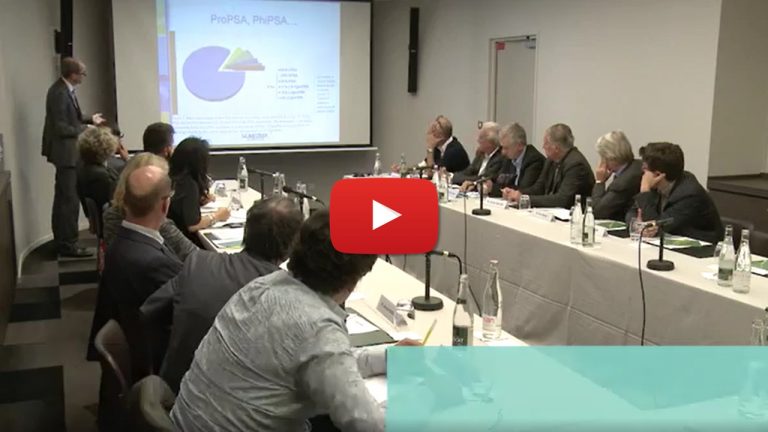The management of localized prostate cancer is a complex process that involves several steps, from cancer detection through biopsies to robotic radical prostatectomy. Treatment choices depend on the stage of the cancer, the patient's age and general health, and personal preferences. Treatment options may include active surveillance, radiation therapy, radical prostatectomy, or a combination of these approaches. Robotic radical prostatectomy has become a common surgical option for patients with localized prostate cancer because of its advantages, such as precision surgery, fewer functional sequelae and rapid recovery.
Prostate cancer is the most common cancer in men with approximately 50,000 new cases in France each year. In recent years, there has been an explosion of new cases of prostate cancer due to the use of the PSA test, which has allowed early detection. However, it is now recommended not to diagnose patients with a short life expectancy or important comorbidities.
To improve early diagnosis, three biomarkers are available: PCA3, fusion gene and phi-PSA. PCA3 is a gene that is overexpressed in prostate tumor tissue and can be detected in urine. The fusion gene is a mutation that occurs in about 50% of prostate cancer patients. The PSA score can be improved by using the phi PSA test, which measures both free PSA, total PSA and the ratio of free PSA to total PSA. The phi PSA is a score that combines these results using a mathematical formula to assess the risk of prostate cancer.
These biomarkers can help better select patients for diagnosis and treatment, but they do not provide a simple qualitative answer.
Ultrasound-guided transrectal prostate biopsy is a common procedure used to diagnose prostate cancer. It involves the insertion of a needle through the rectum and into the prostate to collect tissue samples in a standardized pattern for analysis under a microscope. During the procedure, which is performed under local anesthesia, an ultrasound probe is used to guide the needle to the target areas of the prostate.
The first robotic prostatectomy in France was performed in our department. This technique not only decreases postoperative morbidity, but by the enlargement of the image in three dimensions and the microsurgical precision of the gestures leads to a better cancerological result and also in term of continence and erections.
Professor de la Taille has participated in the standardization and dissemination of the technique on a national and international level. With more than 20 years of experience, he is one of the most experienced surgeons in this field.



